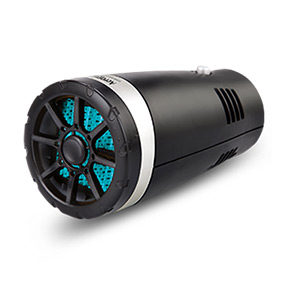Understanding the Function and Importance of Hand Brake Wires in Vehicles
Understanding Hand Brake Wire Importance, Maintenance, and Replacement
The hand brake, also known as the emergency brake or parking brake, is a crucial component of a vehicle’s braking system. It serves as an additional layer of safety, ensuring that the vehicle remains stationary when parked. Central to the functionality of the hand brake is the hand brake wire, which plays a pivotal role in transmitting the driver’s input to the brake system. Understanding the hand brake wire’s importance, maintenance, and replacement process is essential for any vehicle owner.
Importance of Hand Brake Wire
The hand brake wire is typically a steel cable that connects the hand brake lever to the rear brake mechanism. When pulled, the cable tightens and engages the rear brakes, preventing the car from rolling. This is particularly important for vehicles parked on inclines or slopes. The reliability of the hand brake wire can significantly affect the overall safety of a vehicle; a malfunctioning hand brake wire can lead to catastrophic outcomes, such as the car rolling away unexpectedly.
In addition to safety, the hand brake wire is essential for various driving conditions. In instances of hydraulic brake failure, drivers often rely on the hand brake to bring the vehicle to a stop, emphasizing its role as a backup system. Understanding how this component works fundamentally enhances a driver’s ability to manage their vehicle in emergencies.
Maintenance of Hand Brake Wire
Regular maintenance of the hand brake wire is crucial for ensuring its longevity and effectiveness. Over time, exposure to elements can lead to corrosion, fraying, or rusting of the wire. Here are some maintenance tips to consider
1. Visual Inspection Regularly inspect the hand brake wire for signs of wear and tear. Look for frayed edges, rust spots, or any discoloration that may indicate damage.
2. Lubrication Applying a suitable lubricant to the hand brake cable can help prevent rust and ensure smooth operation. It’s best to use a lubricant specifically designed for automotive cables.
3. Tension Adjustment Ensure that the hand brake wire maintains the appropriate tension. If the hand brake lever pulls up too high or feels loose, it may need adjustment. Many vehicles have a way to adjust the tension through a bolt mechanism.
hand brake wire

4. Professional Checkup It is advisable to have the hand brake system inspected by a professional during regular maintenance checks. Mechanics can identify problems that a typical vehicle owner might overlook.
Replacement of Hand Brake Wire
Despite periodic maintenance, there may come a time when the hand brake wire needs to be replaced. This is particularly true if it is found to be damaged or showing signs of severe wear. Here’s a basic guide on how to replace the hand brake wire
1. Gather Necessary Tools You will need basic hand tools such as wrenches, pliers, and a replacement wire. Always consult your vehicle’s manual for specifics on what tools are required.
2. Remove the Center Console In many vehicles, the hand brake wire is connected beneath the center console. You will need to remove this component carefully to access the cable.
3. Disconnect the Old Cable Detach the old hand brake wire from both the hand brake lever and the rear brake mechanism. Pay close attention to how the cable is threaded through its housing to mimic it during installation.
4. Install the New Cable Thread the new hand brake wire in the same manner as the old cable, ensuring it is secured firmly at both ends.
5. Test the Hand Brake Once installed, test the hand brake before driving. Make sure it engages and releases smoothly, and that the vehicle remains stationary when parked.
Conclusion
The hand brake wire is an integral part of a vehicle’s braking system, ensuring safety and control. Regular maintenance and timely replacement of this component can significantly enhance the longevity and reliability of the hand brake. Drivers should remain vigilant about their vehicle’s brake systems, understanding that neglecting such a vital safety feature can lead to dangerous situations. By investing time in maintenance and being aware of when to replace the hand brake wire, vehicle owners can ensure their cars remain safe and operable for years to come.
-
Workings of Clutch Pipe and Hose SystemsNewsJun.04,2025
-
The Inner Workings of Hand Brake Cable SystemsNewsJun.04,2025
-
The Secrets of Throttle and Accelerator CablesNewsJun.04,2025
-
The Hidden Lifeline of Your Transmission Gear Shift CablesNewsJun.04,2025
-
Demystifying Gear Cables and Shift LinkagesNewsJun.04,2025
-
Decoding Clutch Line Systems A Comprehensive GuideNewsJun.04,2025
